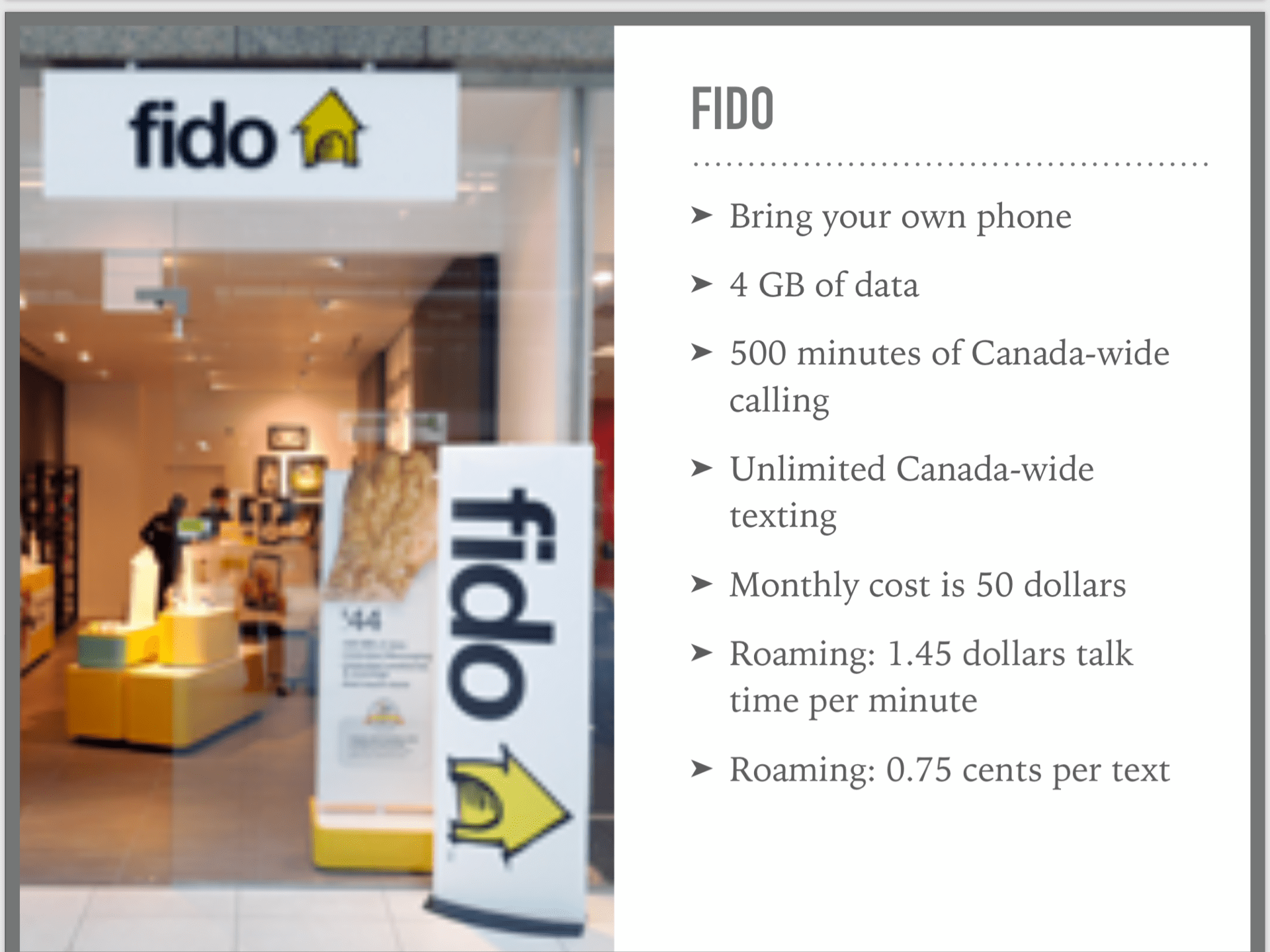Hello blog readers,
For this short unit in math class we looked at cellphone plans. Weird project you might be thinking and trust me, it was, but it was also an effective way to master our skills with linear equations and graphing skills. This units driving question was “how can we use systems of equations to determine the least expensive cell phone plan that meets our needs?”
After we had this driving question we started our project. This was a partner project and my partner was Emily. We made our own personalized driving question fro the project. Our question was “What cell phone plan could PLP students going on our grade 11 trip to the U.S next year use that would cost them the least?” We decided to compare Telus, Fido, and Wind. We found out the monthly plan of all of the plans and then we figured our the roaming charges for call and text to see which one is more beneficial to us.
Here is our keynote
We found out wind is cheaper but how did we do it? Well we used linear equation and graphing. We used the equation y=mx+b. Here is photos of how we did it.
Reasoning and Modelling
I explored, analyzed, and applied mathematical ideas using reason. I made linear equations with the roaming rates that I found and then I graphed them.
Communicating and Representing
We explained and justified mathematical ideas and decisions in our keynote presentation in many ways. We spent 15 minutes communicating to the class what we did, how we did it, and why.
Understanding and Solving
We visualized to explore and illustrate mathematical concepts and relationships. We showed the slope and y intercept of each equation. We also showed all the interception points and explained them.
Connecting and Reflecting
We connected the mathematical concepts to many things and made the project very personalized. We showed cost saving and did predict and expect future usage. We also made the project personalized by basing it on the plp trip next year.
Here is a mind map of all the math terms I learned






























Leave a Reply